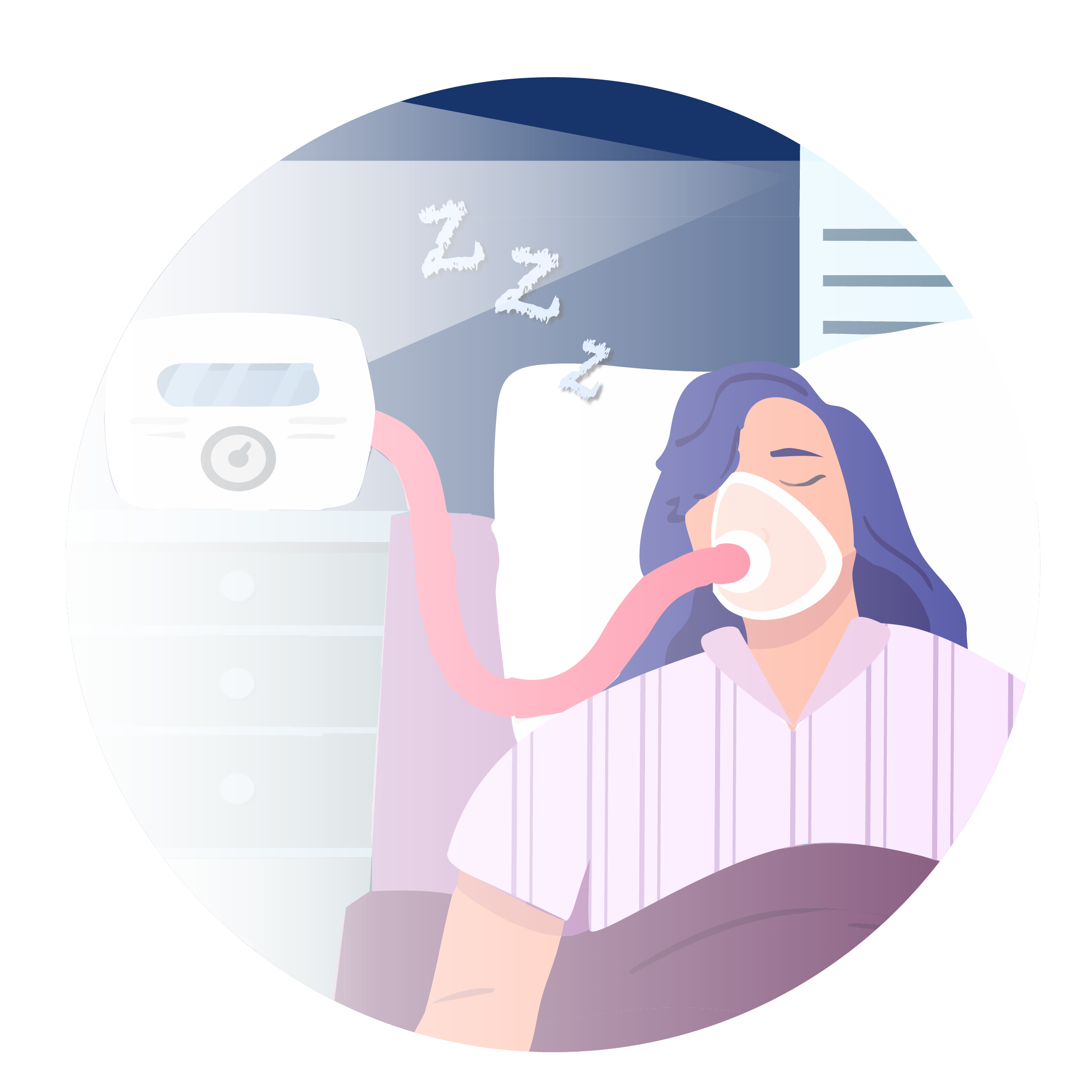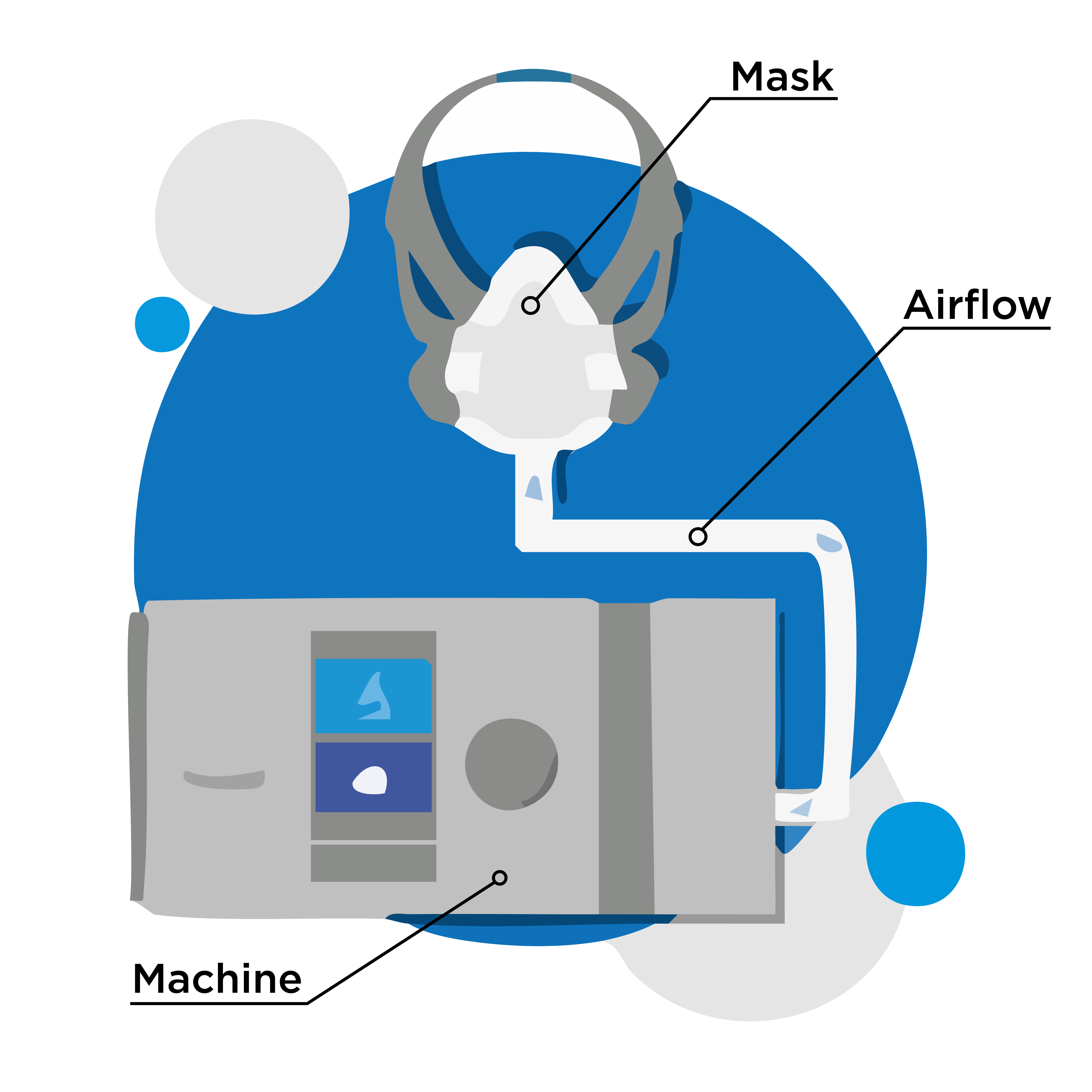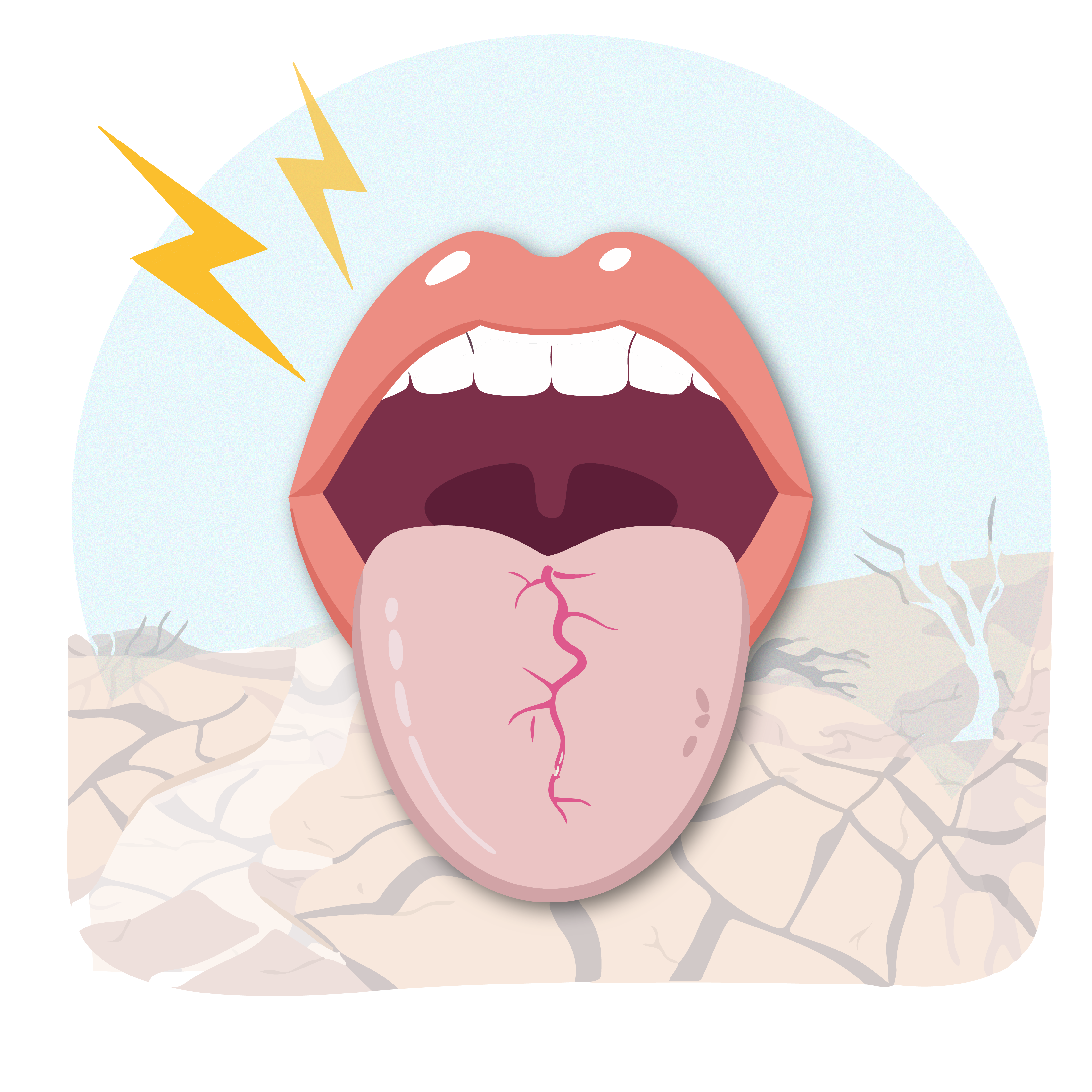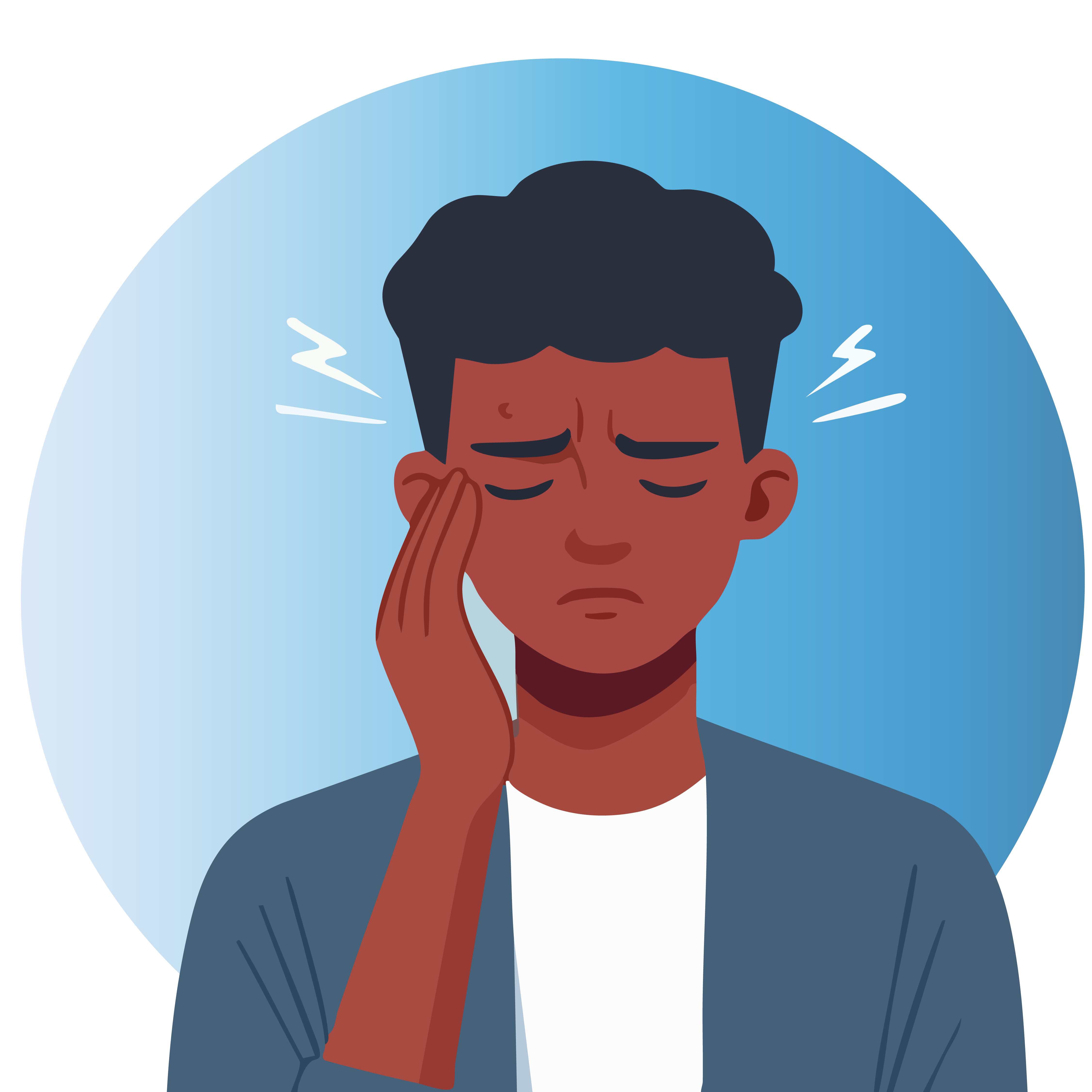
Continuous Positive Airway Pressure (CPAP) therapy is used to treat Obstructive Sleep Apnea (OSA). A CPAP machine helps people obtain a deep sleep that they may have been unable to for years.

Obstructive Sleep Apnea is a condition that interrupts the normal sleep pattern, causing the patient to have difficulty breathing while sleeping and even stop breathing altogether for short time periods. The interrupted sleep cycle of those with OSA can have severe negative effects on their health. The CPAP machine provides a continuous stream of oxygen during sleep. This keeps the airway open, allowing for better rest.
While CPAP machines can significantly improve the lives of those with OSA, they may have drawbacks for oral health.

Dry mouth
The CPAP works by creating a continuous stream of air into the mouth. If not properly humidified, this forced air will dry up saliva, contributing to dry mouth. Dry mouth is more than just an inconvenience; it can lead to an increase in cavities and periodontal disease.

Shifting of teeth
A continual positive pressure is the same principle used for braces in order to move the positioning of teeth. When using a CPAP for long periods of time, shifting of the teeth may occur, resulting in a sore jaw or teeth. It can also lead to chronic headaches, tooth pain and Temporal Mandibular Joint (TMJ) problems.
Conclusion
Side effects from using a CPAP machine can be managed, but they must not be ignored. It’s very important that you do whatever you can to correct your Obstructive Sleep Apnea, but your treatment does not begin and end when you start using a CPAP. Have an open discussion with your provider on side effects, discuss all options for treatment, and be sure to inform your dentist/hygienist that you will be using a CPAP. Your dentist will have some helpful suggestions on how to take care of your oral health on your way to better overall health.
This information in this post is for general educational purposes only and does not warrant or represent any information as related to health as specifically appropriate for you. It is not intended to be medical advice or replace the relationship that you have with your health care providers. You should always seek medical advice on any diagnosis or treatment from a qualified health care provider. The information is provided “as is” without any representations or warranties, express or implied.






